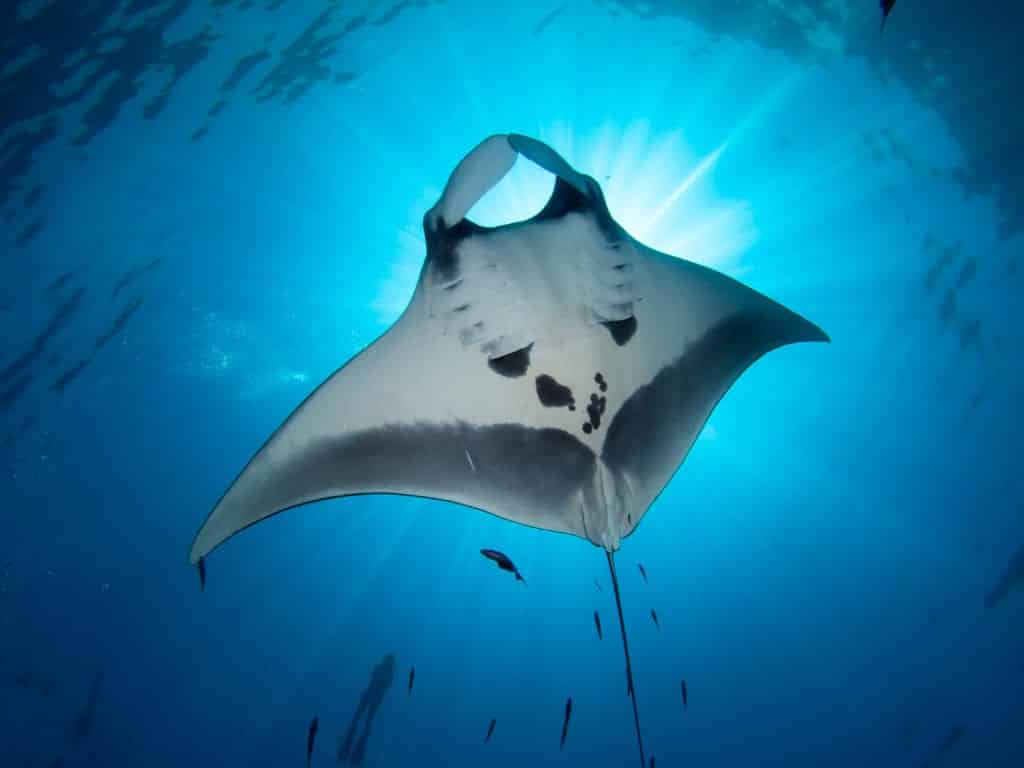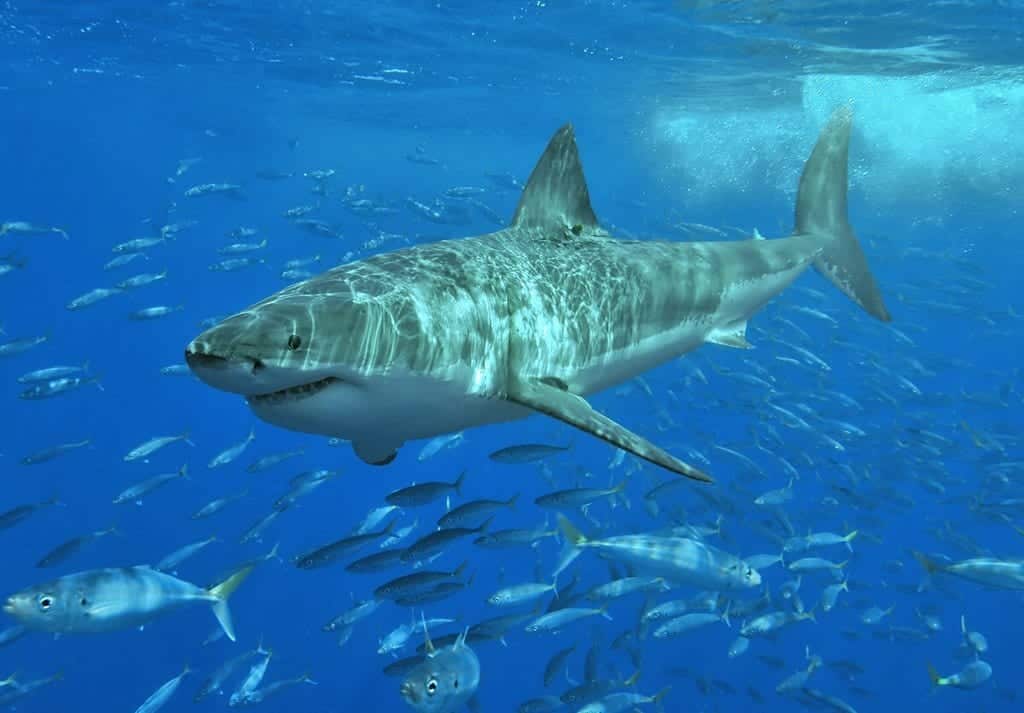7 Reasons to dive in Australia in 2020
As Australia begins to recover from the double whammy of Covid-19 lockdowns and the worst bushfire season in history, now more than ever is a good time to spend your tourism dollars down under and discover Australia’s amazing underwater world.
From amazing marine experiences to spectacular wreck dives, here are 7 (other) good reasons to book an Australian Diving Holiday and #RoamAtHome underwater.
1. Swim with Whale Sharks on Ningaloo Reef

Whale sharks can grow up to 16 metres in length, with a mouth over a metre wide. So named because it is as big as many whales and like many whales, a filter feeder. Indeed, the whale shark (Rhincodon typus) holds many records for sheer size, being not only the largest extant fish species but also by far the largest living non-mammalian vertebrate, rivalling many of the largest dinosaurs in weight.
On Australia’s west coast, Ningaloo is the place to go for a whale shark encounter. Between mid-March and mid-July, you can enjoy a snorkel on Ningaloo Reef – the world’s largest fringing reef – in the Ningaloo Marine Park, and also go for a swim with the world’s largest fish. Whale shark swimming tours are operated from the towns of Coral Bay and Exmouth.
Small groups of only 10 swimmers at a time are dropped close by these gentle giants as they move through the water, and as a snorkeler, you’ll feel particularly dwarfed by their massive size and even wider mouth.
Whale sharks can also be seen diving or snorkelling at Christmas Island.
2. Dive the Wreck of the SS Yongala.

Arguably one of the world’s great wrecks, this adrenalin-pumping wreck dive is absolutely teeming with pelagic life including several species of rays, reef sharks, large schools of Jacks, giant trevally and barracuda, and olive sea snakes.
Both Mike Ball (March and April) and Spirit of Freedom (November) are now running special expeditions to the Yongala – but with only two trips each this year, you’ll need to get in quick.
Another liveaboard option for the SS Yongala is Townsville-based Adrenalin Dive, who run two and three-day trips.
3. Swim with Minke Whales on the Great Barrier Reef

The dwarf minke whale is the smallest member of the baleen whales, growing to only 8m in length. This species is only found in the Southern Hemisphere, spending the summer months feeding in sub-Antarctic waters and migrating to the warm waters of the Great Barrier Reef over winter to breed and give birth. These small whales are very different to their larger cousins, as when in reef waters they are strangely attracted to stationary boats, often hanging around for hours and even days.
Dwarf minke whales travel through the Great Barrier Reef each winter, with most sightings occurring during June and July. The Great Barrier Reef is the only location where snorkel and dive tours with minke whales are available – with both Mike Ball Dive Expeditions and Spirit of Freedom running special expeditions in June and July – but you need to get in quick, these trips are very popular.
4. Discover the Rowley Shoals

Discover Australia’s remote Rowley Shoals, a chain of three pristine coral atolls located on the edge of the widest continental shelf in the world, a day’s sailing north west of Western Australia’s Kimberley Coast. Trips are only possible in October, with liveaboard trips on The Great Escape and The Odyssey.
Dive on one of the largest untouched coral gardens on earth. Dive amongst the Giant Clams, shellfish, Giant Potato Cod and Maori Wrasse. Discover over 200 species of coral and over 650 species of fish. With visibility in excess of 60m (197 ft.) and a warm tropical climate.
5. Swim with Manta Rays at Lady Elliot Island

Lady Elliot Island is well known for manta activity – indeed, the island advertises itself as ‘Home of the Manta’ and is used frequently as a base for the research team at Project Manta which has identified over 700 individuals in waters surrounding the island.
There are mantas at Lady Elliot all year round with numbers peaking between mid-May and mid-August. Mantas can be seen whilst snorkelling as well as diving, and there are a couple of known cleaning stations, around Lighthouse Bommie where mantas are reliably sighted. The Resort is also deeply involved in manta conservation and they offer lots of information about mantas.
6. Dive with 1000s of Turtles at Raine Island

Did you know, the world’s largest green turtle rookery can be found in Australia? Roughly 620 km north of Cairns lies Raine Island, the world’s largest green turtle rookery, which itself is surrounded by pristine colourful reefs teeming with life.
During nesting season between October to March, upwards of 15,000 egg-laden turtles come here to nest. The island itself, a world heritage site, is off limits, but it is possible to dive the surrounding reefs, Mike Ball Dive Expeditions operate a couple of special expeditions here in November each year.
Naturally, turtles are seen in abundance diving Raine Island, either sleeping on the bottom or cruising the walls. Sharks are also common, especially grey reef sharks and whitetip reef sharks, but tiger sharks also frequent the reef to feed on sick or injured turtles.
7. Dive with Great White Sharks

To come face to face with a great white shark underwater is one of the most exciting experiences available to divers today. This trip has been described as the ultimate adventure that Australia has to offer. Rodney Fox Expeditions run 4 and 5-day trips departing Port Lincoln, South Australia. Cruise through the Spencer Gulf to the Neptune Islands, breeding grounds for thousands of New Zealand Fur Seals and the rare Australian Sea Lion – a natural feeding ground for the Great White Shark.






